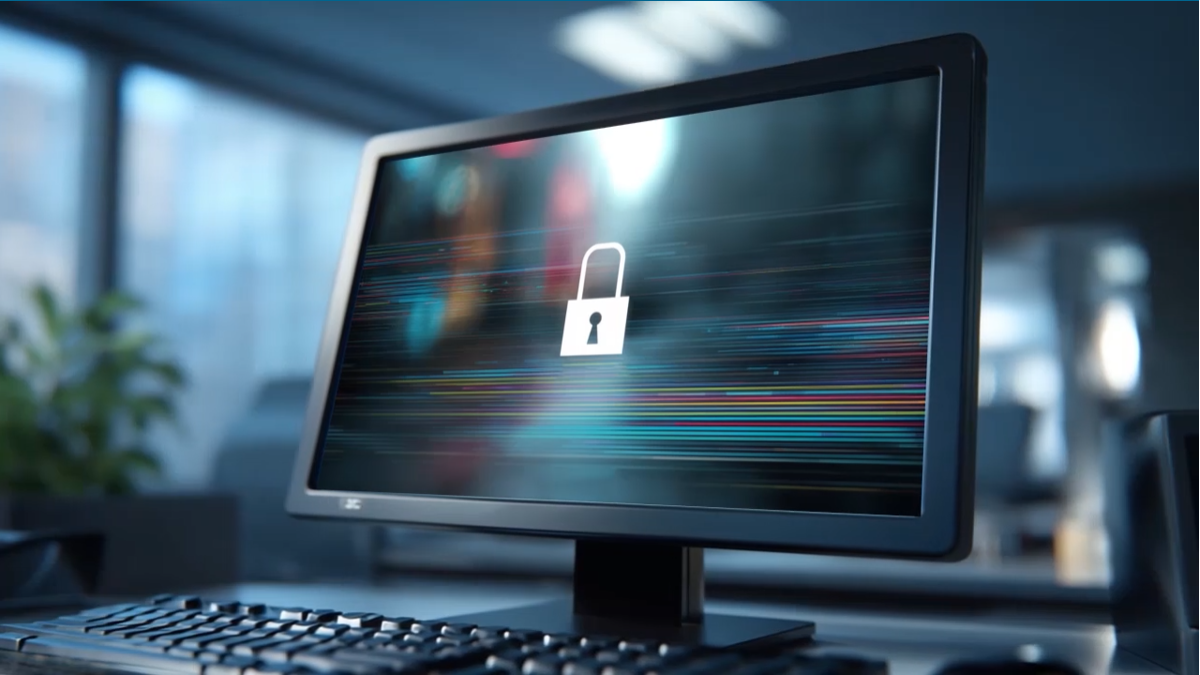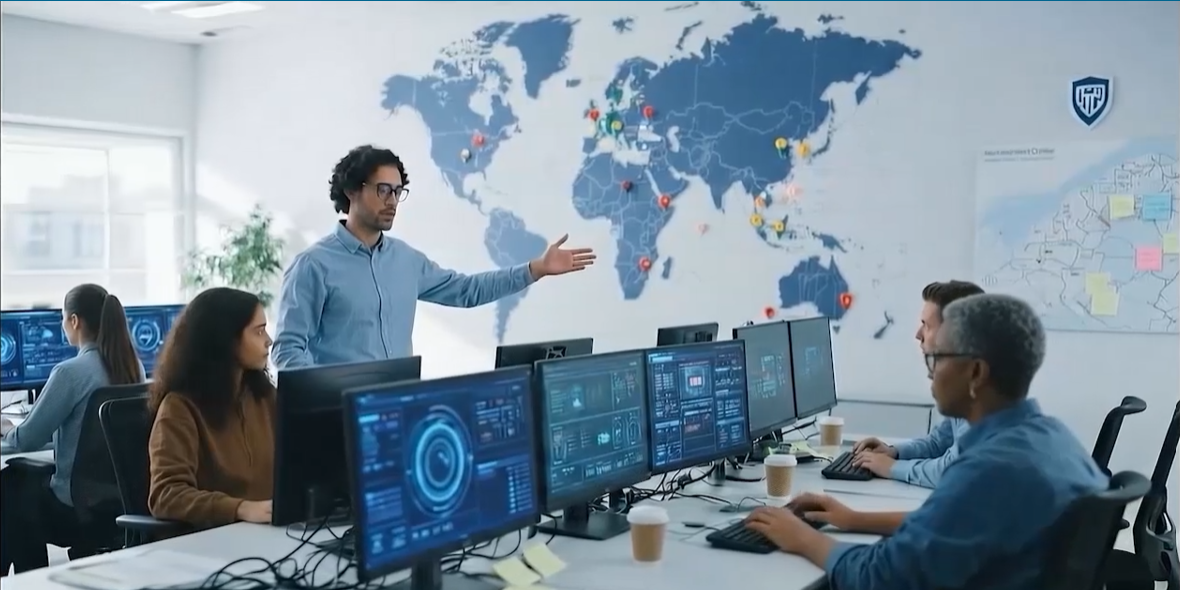
What you’ll learn in this Cybersecurity Training course
In this connected world, we are just one click away from a potential information crisis. The best prevention strategy is to know how to stop hacks and information loss before they happen. Cybersecurity training is a key step.
- Increase employee cybersecurity awareness
- Prepare teams to protect systems and devices from malware and help them avoid falling victim to social engineering schemes
- If employees are in-office or working remote, employees find out how to prepare for and stay vigilant during work or outside the office.












